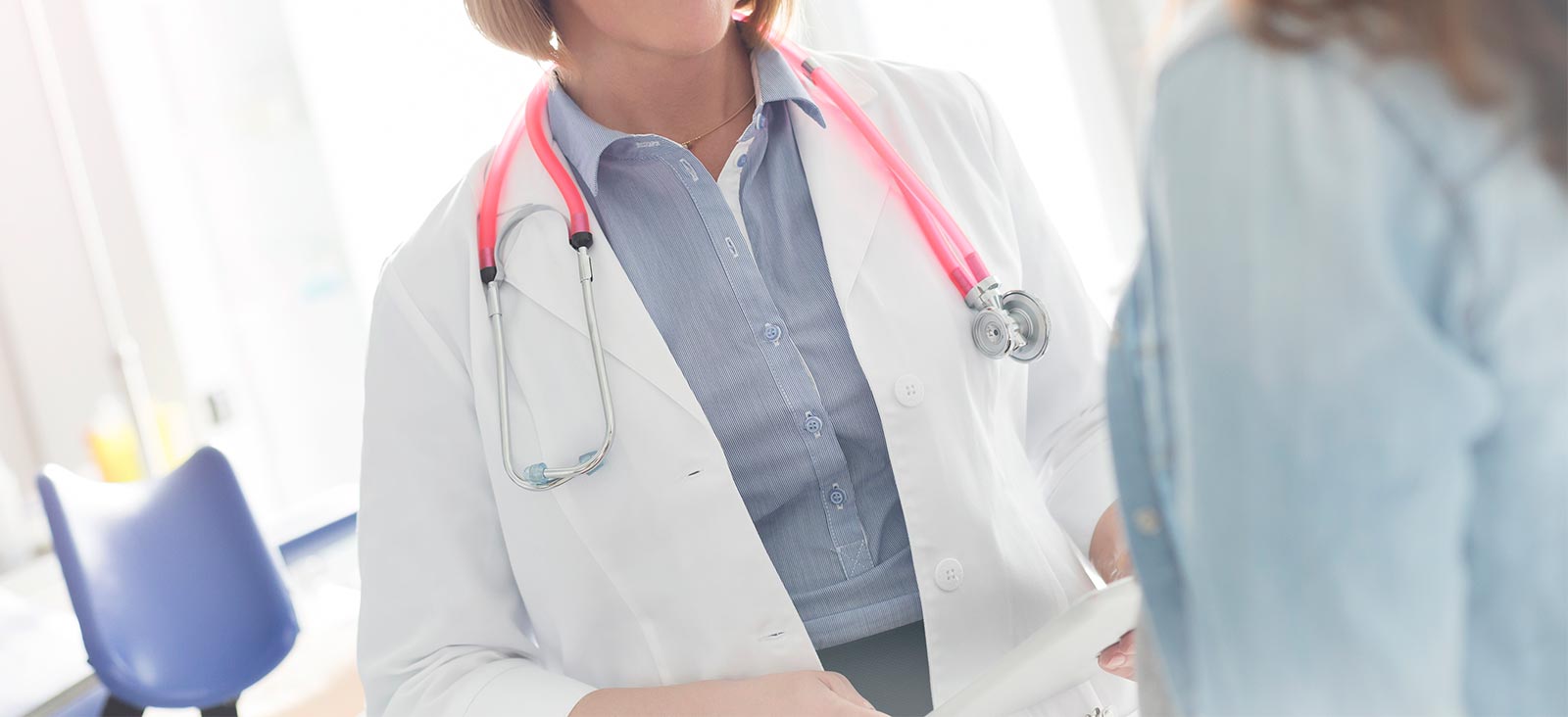Expert Surgical Intervention for Heart Defects
UT Southwestern’s cardiothoracic surgeons are experts at performing open-heart surgery to correct an atrial septal defect (ASD), which is a hole in the heart’s septum. Our surgery group is one of the nation’s leading programs, with more than 600 open-heart surgery procedures each year.
UT Southwestern is also home to a dedicated Cardiac Rehabilitation Program. Cardiac rehabilitation is a critical component of recovery and can prevent future heart disease.
What to Expect
ASD Closure: Preoperative Details
The surgeon provides specific instructions to the patient prior to the ASD closure procedure, discussing risks such as bleeding, infection, or adverse reaction to anesthesia.
Patients also meet with the anesthesiologist prior to the surgery to review their medical history. Patients should not eat after midnight the night before the surgery.
On the day of surgery, the patient arrives at the hospital, registers, and changes into a hospital gown. A nurse reviews the patient’s charts to make sure there are no problems.
The anesthesiologist then starts an IV, and the patient is taken to the operating room, where the surgeon verifies the patient’s name and procedure before any medication is given. Surgery will begin once the patient is under anesthesia.
For pediatric patients: It's important that children are free from infection – including dental infections – for up to six weeks prior to surgery. Please be sure that your child's immunization records are made available to your surgeon or the nurse.
ASD Closure: Operative Details
Before the surgery begins, a cardiologist starts a transesophageal echocardiogram (TEE) so the surgeon can look at the heart structure during surgery.
The surgeon then makes an incision in the breastbone to reach the heart, and the patient is placed on a cardiopulmonary bypass machine – which pumps blood to the body, bypassing the heart and lungs except for the coronary arteries – while the heart is stopped temporarily. An incision is then made in the heart’s right atrium to access the defect.
The patch – either the patient’s own pericardial tissue or a synthetic graft – is then stitched onto the hole in the septum to close it.
The heart is closed with sutures, and the cardiopulmonary bypass machine is removed. Pacing wires are placed temporarily on the heart to prevent heart rhythm abnormalities after the operation. Chest tubes are placed to collect residual blood or fluid in the chest after the surgery, and the skin is closed with stitches or staples.
ASD Closure: Postoperative Details
After surgery, patients are taken to the intensive care unit and monitored. Pain is likely, and pain medication is given as appropriate. Patients also are on a respirator and have a breathing tube for the first few hours after surgery.
The length of the hospital stay depends on how quickly a patient recovers and can perform some physical activity.
Support Services
UT Southwestern’s cardiac rehabilitation specialists create customized plans that integrate proper nutrition, exercise, and, if necessary, nicotine cessation into patients’ lifestyles to improve their cardiovascular health.
Clinical Trials
As one of the nation’s top academic medical centers, UT Southwestern offers a number of clinical trials aimed at improving the outcomes of patients with cardiovascular disease.
Clinical trials often give patients access to leading-edge treatments that are not yet widely available. Eligible patients who choose to participate in one of UT Southwestern’s clinical trials might receive treatments years before they are available to the public.





